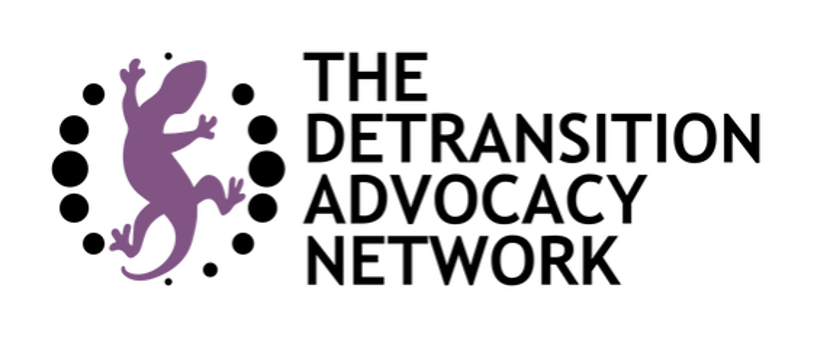By Charlie Evans – The Detransition Advocacy Network

Your child has come out as transgender, now what? You are facing one of the most difficult challenges as a parent, and there are many myths surrounding this topic. We’ve compiled some of the most common myths around trans identifying children.
My child is making a mistake that will leave him / her with permanent damage.
A lot of children and young people will be exploring their expression, and studies have shown that desistance rates are high. Not all trans identifying youth will go on to have hormones, and not all of those who go on to have hormones will have surgery. It’s healthy for young people to feel able to explore using a different name or having a different haircut or changing their clothes into things they’re more comfortable wearing, and it doesn’t mean they are on a path that will mean permanent changes to their body.
I should restrict my child’s ability to express themselves in clothing traditionally associated with the opposite sex to discourage them.
Every child – and indeed, every parent – is different, but the general consensus in detransition groups is that trans identifying young people need to be able to express themselves freely in their own body. Restrictions on clothes for example (‘You can’t wear a dress to school, you are a boy, dresses are for girls’) will only confirm to your child that they must be the opposite sex. For many young people, it’s the upholding of rigid stereotypes like these that make them feel their only chance of a free life is to transition to appear as the sex these clothes / behaviours / hobbies are accepted.
Having a trans identified child means I must have done something wrong with parenting.
There is no real understanding why some children grow up to have gender dysphoria. Parents shouldn’t blame themselves, but should take some time to consider if there is anything they are doing that might contribute to their child feeling they can only be free to be themselves by transitioning.
Children who come from homes with strict gender roles enforced on them or who feel that being gay / lesbian is unacceptable may find the narrative of ‘born in the wrong body’ makes sense to them. It is important to try to relax these more traditional ideas of men and women, and instead encourage and support their clothing choices / mannerisms / sexual orientation in their own body.
If I don’t let my child transition, they will kill themselves.
The suicide statistics perpetuated by groups such as Mermaids and Stonewall are grossly misused. While it is true that trans children are at higher risk of self harm, suicidal thoughts, and suicide attempts, the risk remains at the same level as children and young people dealing with other mental health conditions such as depression.
The best way to protect your child from these sorts of feelings is to keep communication open with them where possible, and make sure they feel their home is loving and accepting of them regardless of the path they choose.
My child has never had any problems or traumatic experiences that might have led to them feeling like they must be the opposite sex.
We would all like to think our children tell us everything, but just as they don’t know everything about our own life experiences, there may be things we don’t know about them. They might not have told you about events in their life that may have contributed to these feelings, such as bullying at school for being gender non conforming, or their discomfort about receiving attention from the opposite sex.
Regardless of how close you are to your child, there are likely to be a number of underlying reasons they have come to be diagnosed with gender dysphoria. If you suspect they might be dealing with more than they are sharing, a good qualified therapist might be able to help them untangle these problems. You can also help support them by making sure they have awareness of and access to services like The Samaritans.
Gender dysphoria means my child was born in the wrong body.
There is no evidence that someone can be born into the wrong body. This phrase is used to describe the experience of gender dysphoria, though oversimplifies the complex sense of not feeling like one’s body belongs to them. It does not describe a literal phenomena – that is, there are not female brains and male brains and people may be born with the wrong one.
The current standard of care around gender dysphoria is built around the idea that this feeling (also described as a sense of knowing) means an individual’s body really isn’t right for them. However, there are many professionals including doctors, endocrinologists, psychologists, and biologists, who disagree with this. We encourage parents to read the research cited in this website to come to their own understanding.
